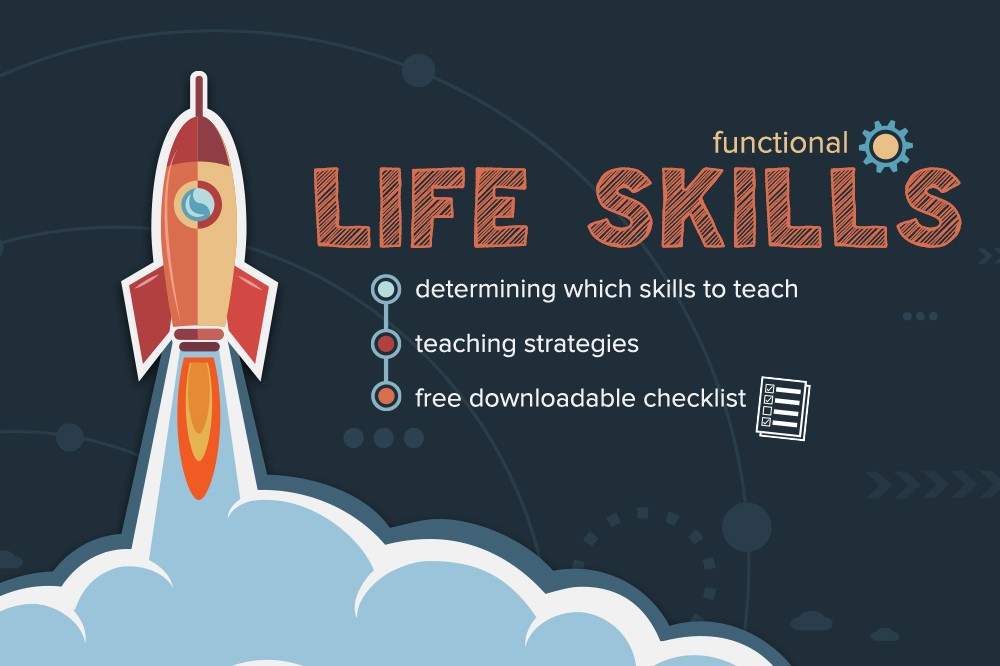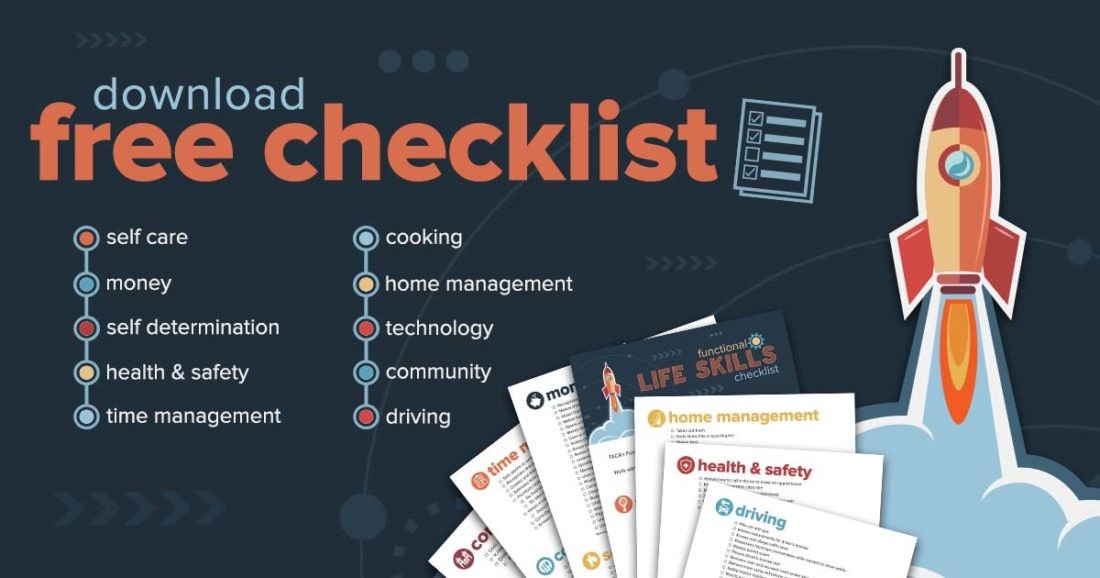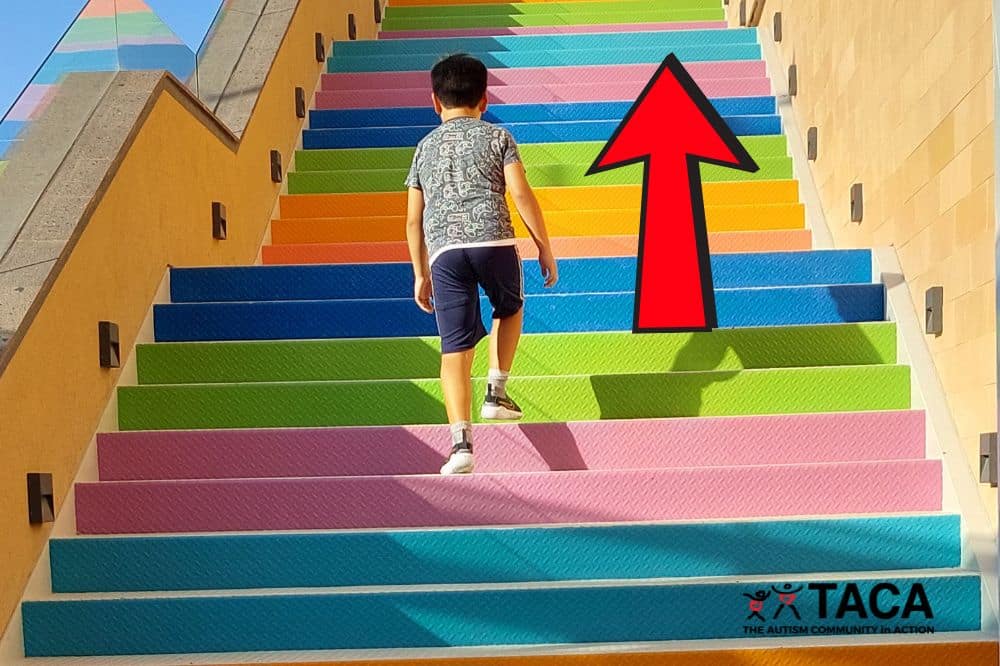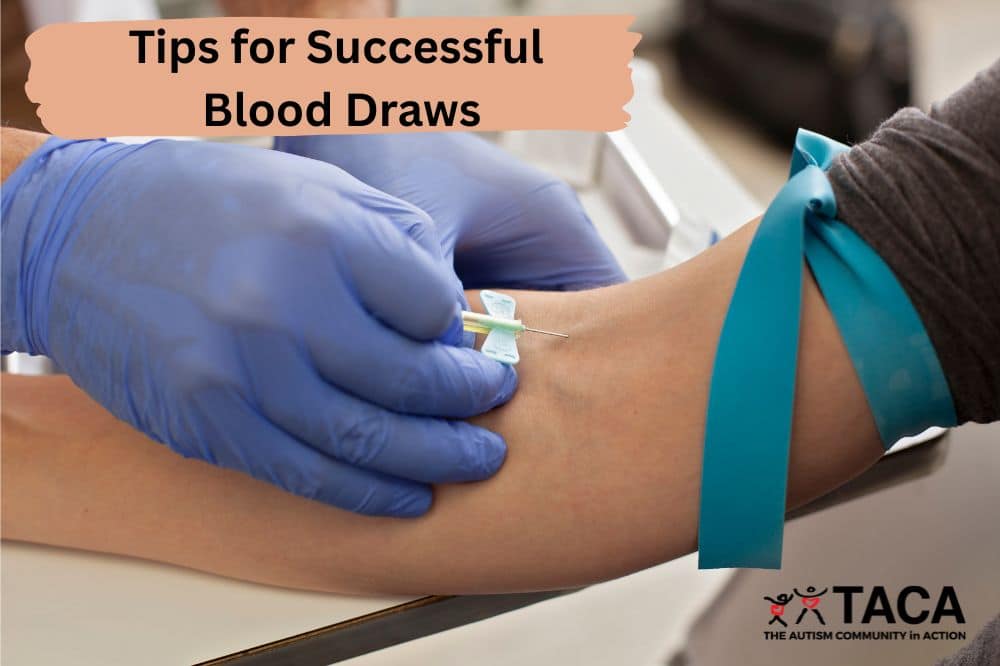Life Skills

All contents of this resource were created for informational purposes only and are not intended to be a substitute for professional advice, diagnosis, or treatment. Always seek the advice of your physician, therapist, or other qualified health providers with any questions or concerns you may have.
Functional life skills are the everyday tasks we all need to lead independent lives. Mastering these skills builds self-esteem and confidence while gaining autonomy. Many people learn life skills through passive watching, imitation, or practicing a few times. Individuals with autism often need explicit instruction with many more repetitions to obtain the same skills. It is the responsibility of the parents to teach life skills so that their children can maximize their potential for full participation in everyday life.
Determining Which Life Skills to Teach
Teachers and therapists use formal assessments to determine which skills a child needs to learn, but parents can conduct their own informal assessments to effectively determine those needs.
- Formal assessments professionals use:
- Assessment of Functional Living Skills (AFLS)
- Assessment of Basic Language and Learning Skills (ABLLS)
- Informal assessments parents can use:
- Ask your child what skills they would like to learn
- Make a list of tasks where your child still needs assistance
- Make a list of activities that would increase your child’s independence
- Search for online checklists or chore charts grouped by age.
- Remember when looking at lists arranged by age range, your child may do better with teaching to their developmental age.
Strategies for Teaching Life Skills
Now that you know what you want to teach your child, let’s talk about how to teach them. There are a number of different strategies for teaching a skill. Below, we will talk about task analysis, chaining, and video modeling.
Task Analysis
- The process of breaking a skill down into smaller steps.
- Teach each step individually until they are mastered and come together as a sequence called “chaining”.
- Use visuals such as a checklist or pictures to aid in understanding the sequence of steps.
- Customize the steps into the smallest action that is needed for each individual.
- Take into consideration the age, skill level, and prior experience of the person.
- One person may be told “turn on the faucet” and need only one step.
- Another person may need smaller steps: “Place your right hand on the faucet. Pull the handle up. Put the handle in the middle”.
- Example: Washing hands
- Turn on the faucet
- Put hands under water to get them wet
- Put soap on hands
- Scrub hands together for 20 seconds
- Put hands under water
- Rinse
- Turn water off
- Dry hands
Back Chaining
- Uses a task analysis to teach a skill in reverse order.
- Back chaining sets the child up for success by completing the entire task.
- Do all of the steps with the child watching or is being prompted except the last step. Focus on teaching the last step.
- Once the last step is mastered, move on to the second to last step and so on.
- Example: Making a peanut butter and jelly sandwich
- Parent:
- Pick out a plate
- Take a knife from the drawer
- Get peanut butter jar
- Pick out type of jelly
- Place the bread on counter
- Tear off a paper towel
- Open the bread bag
- Place two slices of bread on a plate
- Open peanut butter jar
- Dip knife into jar to get peanut butter
- Use knife to spread peanut butter on bread
- Wipe off knife with paper towel
- Open jelly jar
- Dip knife into jar to get jelly
- Use knife to spread jelly on other slice of bread
- Set down knife
- Child:
- Put both pieces of bread together
- Eat
- Parent:
Video Modeling
- Video modeling is a teaching strategy that allows an individual to watch a video of a person doing a skill they are trying to learn.
- This strategy works well for visual learners.
- The person can pause the video after each step to give themselves time to do the action.
- The video can be re-watched many times for skill acquisition.
- Videos can be of the individual (video self-modeling), a family member, or an unknown person.
Practice, Practice, Practice…
The best way to learn a skill is through repetition. Here are some tips for getting the most out of your practice sessions:
- Focus on one or two life skills to teach at a time
- Give your child developmentally appropriate chores
- Practice skills in different environments to generalize the skill
- Money skills should be taught at home, school, and a variety of stores and restaurants
- Practice skills with different people
- Ask family members and friends to help your child practice their newly acquired skills
- Volunteer in the community to work on job and executive functioning skills

Additional Resources
- Videos and Apps:
- Model Me Kids
- Model Me Going Places 2 app
- Living Safely
- Everyday Skills
- iDo Series of Apps:
- Books:
- Autism Life Skills: From Communication and Safety to Self-Esteem and More- 10 Essential Abilities Every Child Needs and Deserves to Learn by Chantal Sicile-Kira
- Steps to Independence: Teaching Everyday Skills to Children with Special needs 4th Edition by Bruce L. Bake and Alan J. Brightman
- Tasks Galore series by Laurie Eckenrode, Pat Fennell, and Kathy Hearsey
- Websites:




